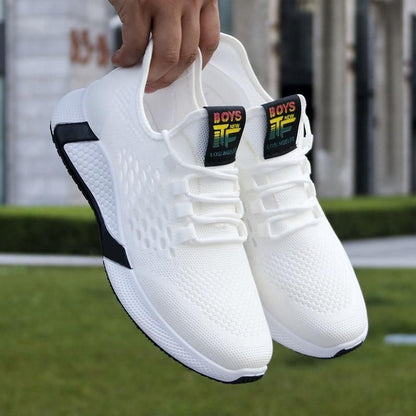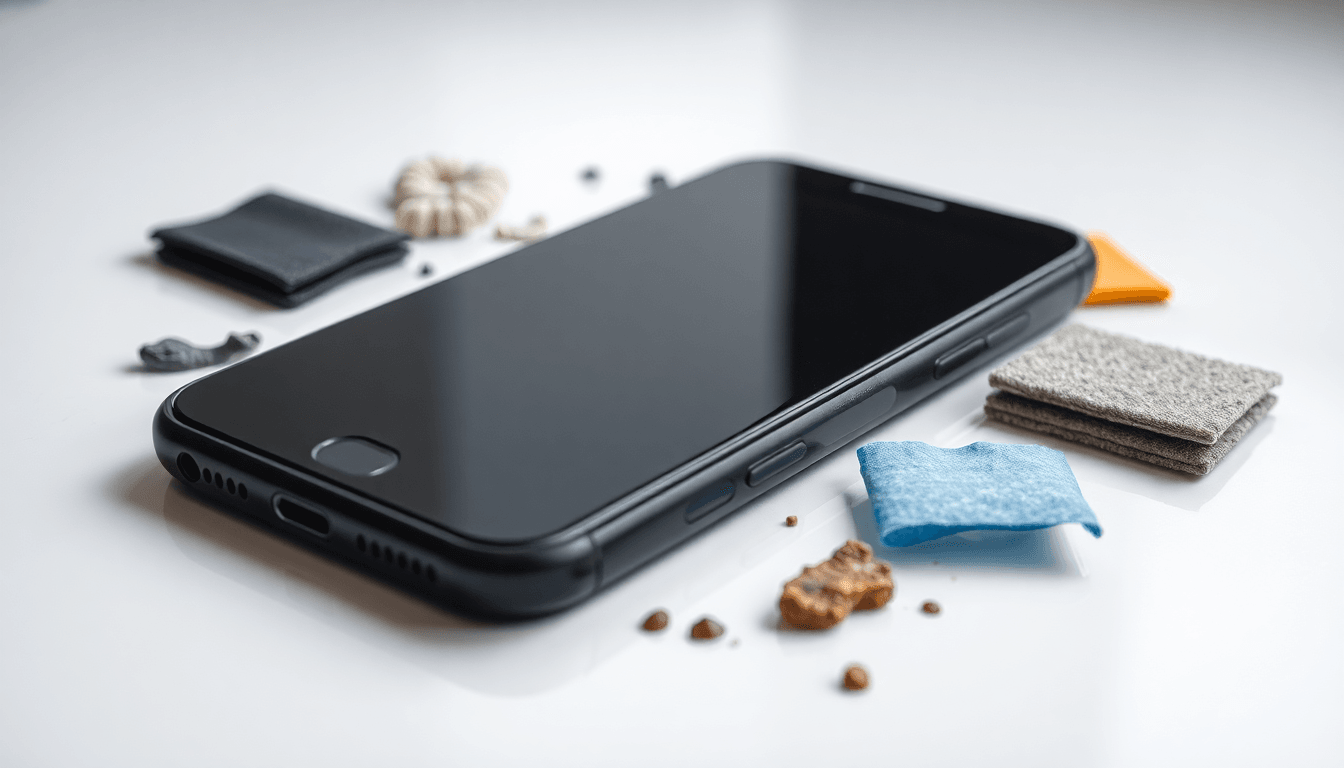
Running is a great way to stay healthy, and running shoes are an important part of that equation. Running shoes can be expensive, so it's worth taking the time to find the right pair. If you're looking for a new pair of running shoes, you should consider the following:
It’s not just about comfort.
Running shoes are the only piece of equipment that you will wear for your entire run. You need to take extra care when selecting a shoe to ensure it is the right one for your foot type, running style and running surface. Running shoes should be replaced every 300-500 miles, or about every six months. This is because the cushioning and the materials used in the shoe will break down over time, and this can lead to injuries like plantar fasciitis.
The best way to know if you need a new pair of running shoes is by conducting a test. Put on your current running shoes and then try to do some quick, short runs on different surfaces (like concrete and grass). If your feet feel sore or tired, then you may need a new pair of running shoes.
Running shoes are made for different types of runners.
There are a lot of factors to take into account when you're considering a running shoe. One is your foot strike. If you're a heel striker, you need a shoe that provides cushioning and support in the heel area. If you're a mid-foot striker, you want more cushioning in the arch and ball of the foot. And if you're a forefoot striker, you need more cushioning and support in the front of the shoe. The type of surface you run on also matters: if you run on trails or uneven surfaces, then you might want more stability and traction; if you run on paved roads, then you might want less stability and more flexibility. Finally, your running style influences what type of shoe will work best for you. If you have a higher foot arch, then a cushioned shoe will be better for your arch; if you have a higher instep, then a low-cut shoe will be better for your instep.
Running shoes are made for different types of surfaces.
Running shoes are designed to provide the right amount of cushioning and stability for your feet. If you are running on a hard surface, you may want a shoe with more cushioning. If you are running on a soft surface, you may want more stability. For example, a person who runs on asphalt would need a different shoe than someone who runs on trails.
You need to replace your running shoes every 300-500 miles.
Quality running shoes are an investment in your health. A good pair of running shoes will help prevent injuries and will keep you from getting shin splints, plantar fasciitis, a chilles tendonitis, or knee pain. Running on the wrong type of surface can also cause injuries. For example, running on concrete is hard on the body and can lead to injury. Running on asphalt is better, but still not as good as running on a natural surface.







